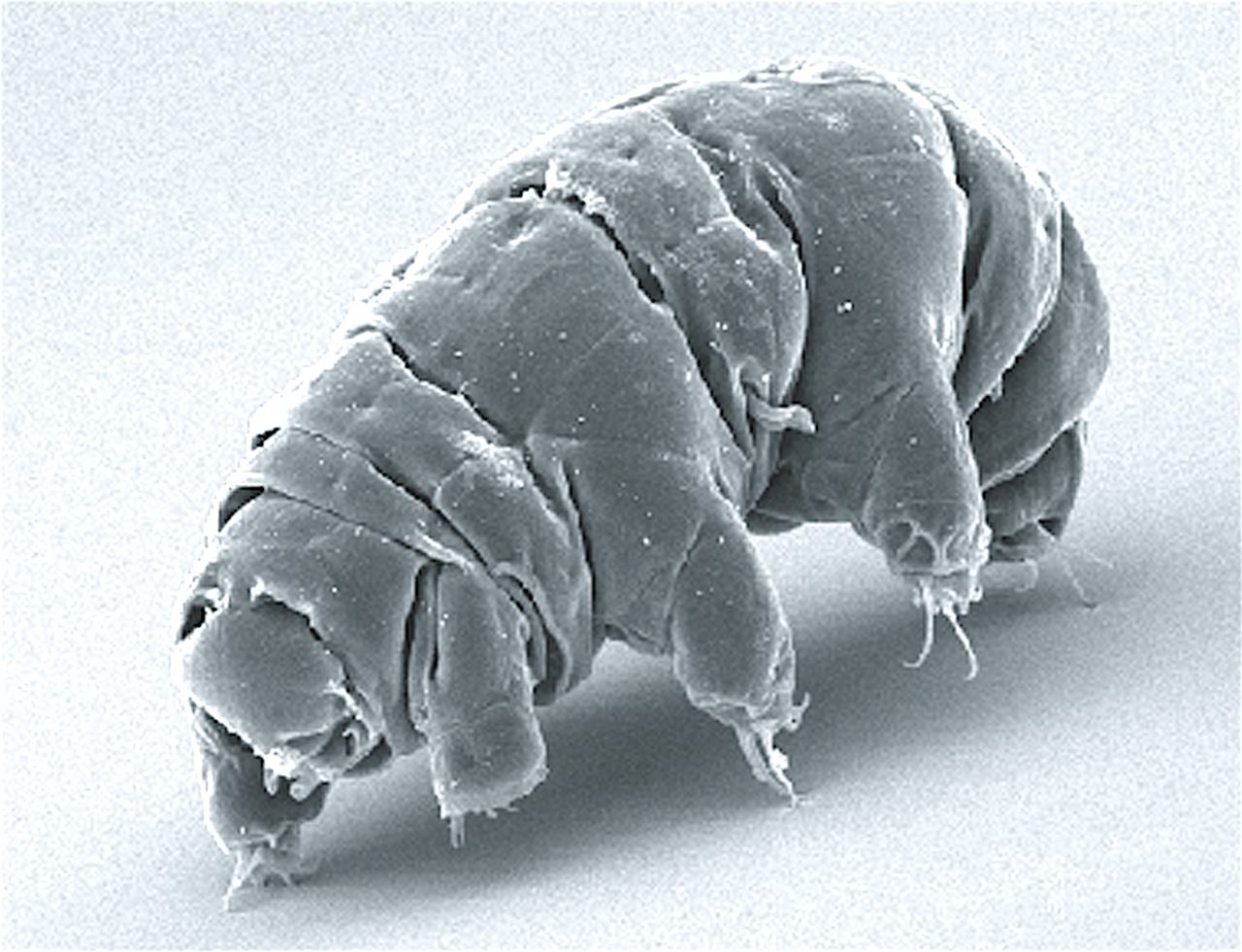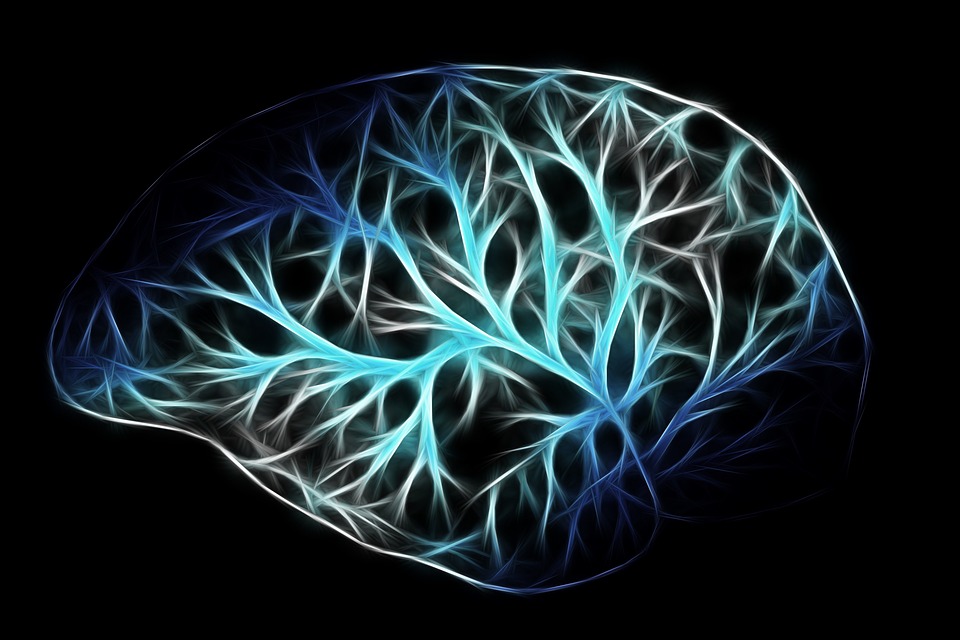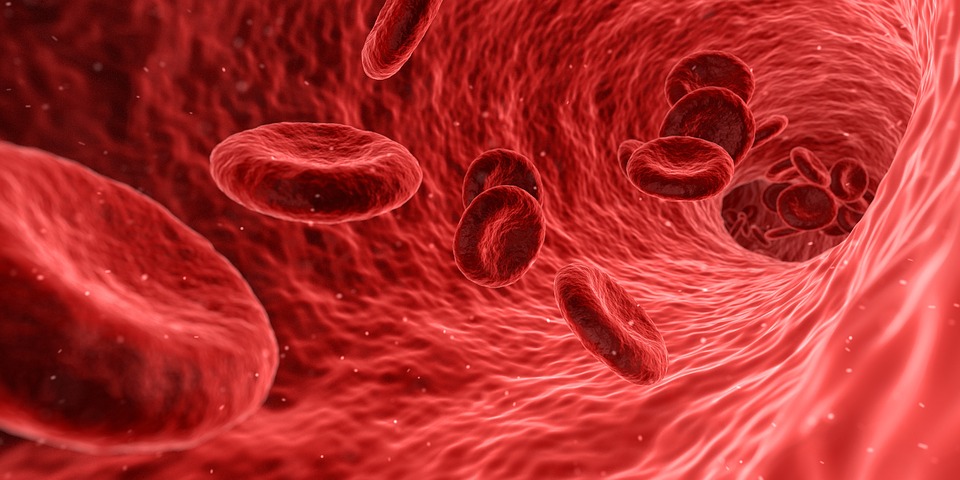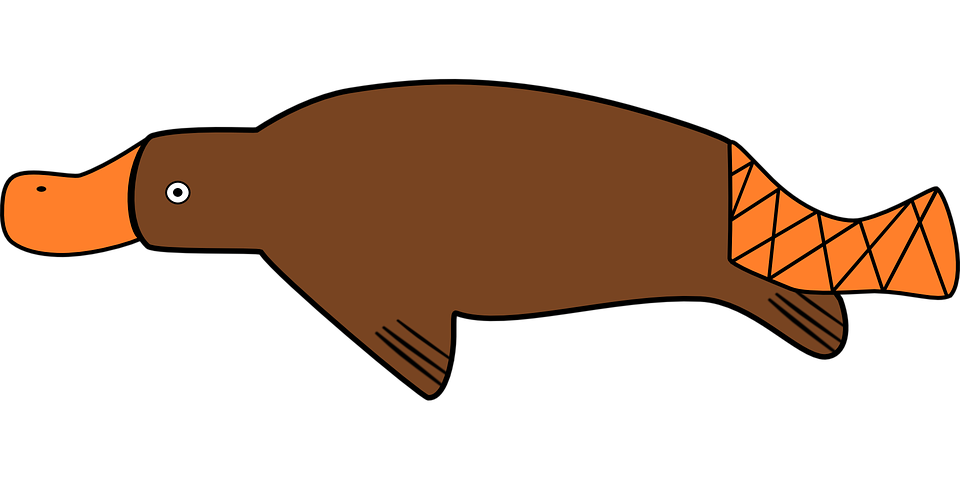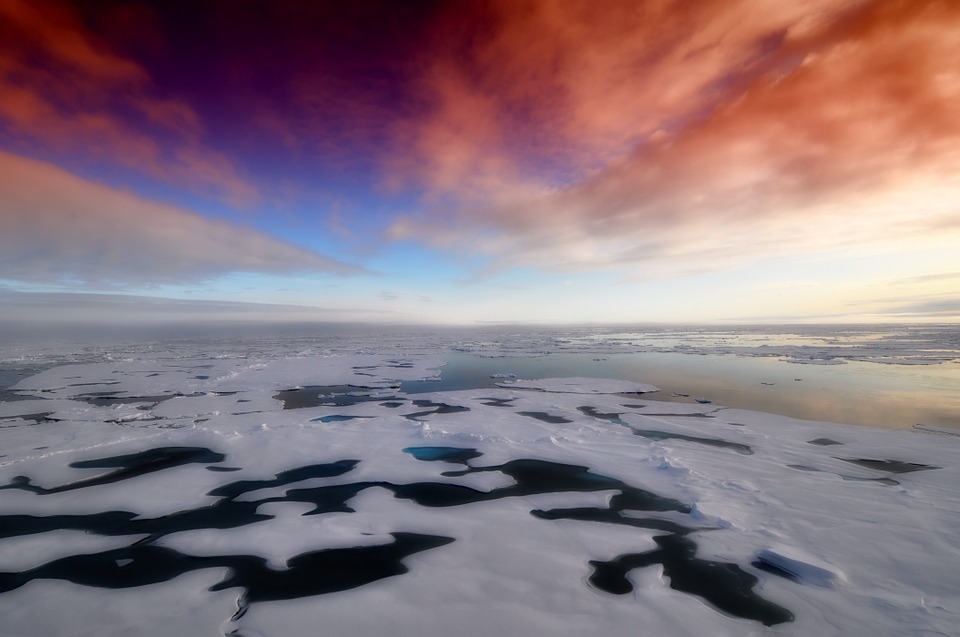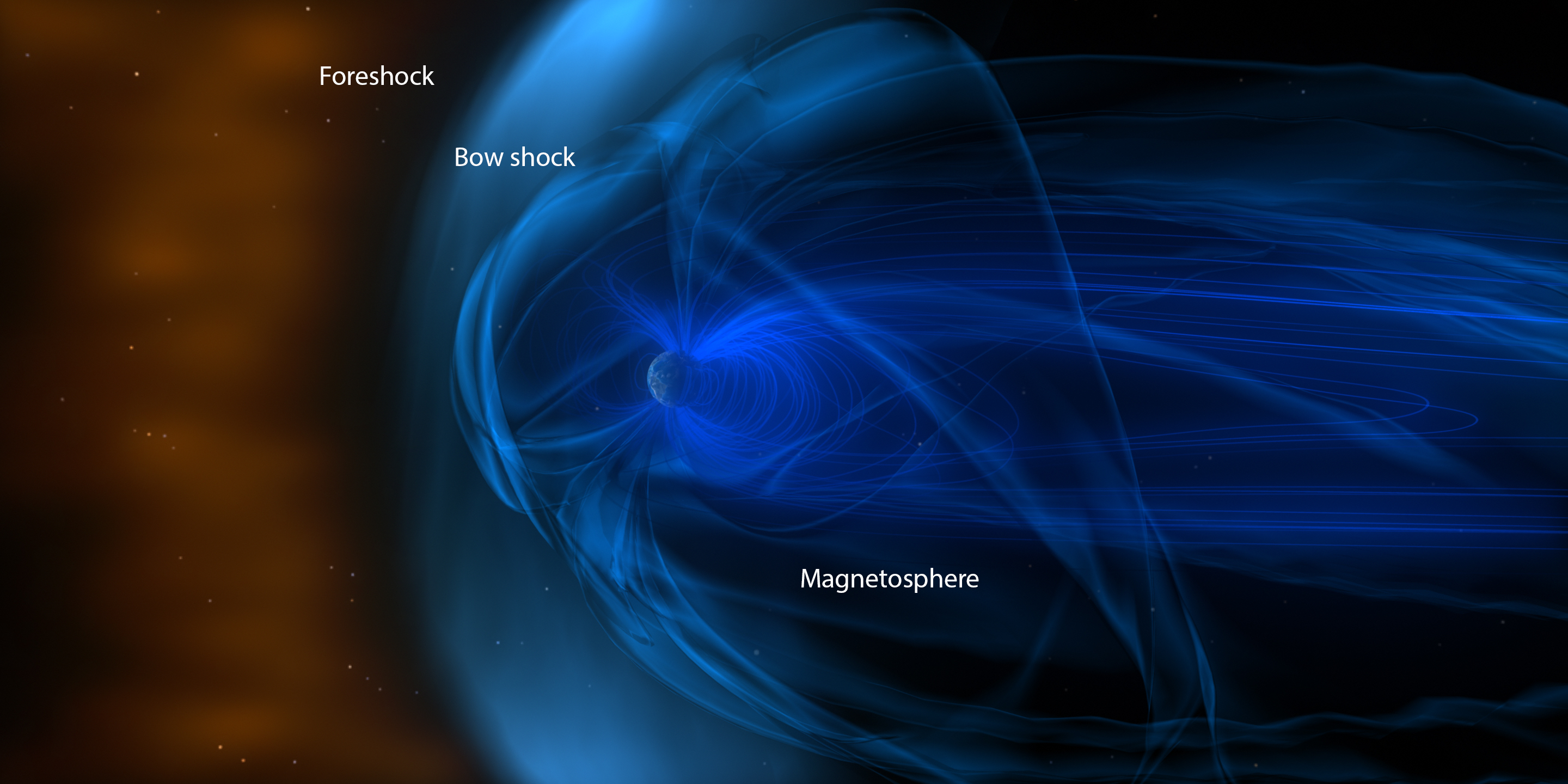Meet the New Tardigrade – Even Weirder Than the Old One
A newfound species of tardigrade, or “water bear,” with tendril-festooned eggs has been discovered in the parking lot of an apartment building in Japan. The newfound tardigrade, Macrobiotus shonaicus, is the 168th species of this sturdy micro-animal ever discovered in Japan. Tardigrades are famous for their toughness: They can survive in extreme cold (down to minus 328 degrees Fahrenheit, or minus 200 Celsius), extreme heat (more than 300 degrees F, or 149 degrees C), and even the unrelenting radiation and vacuum of space, as one 2008 study reported. They’re bizarre and adorable at the same time, with eight legs on … Read more



